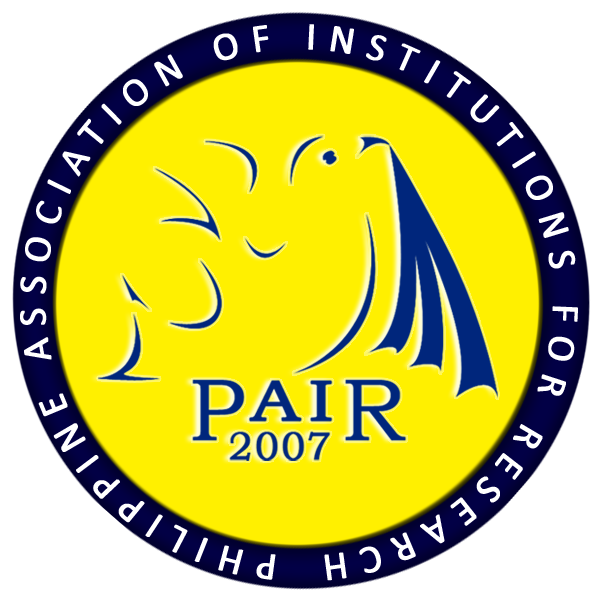Effect of Deep Cervical Flexor Training on Craniovertebral Angle and Muscle Endurance among Students with Forwarding Head Posture
DOI:
https://doi.org/10.7719/jpair.v38i1.734Keywords:
deep cervical flexor, forward head posture, smartphone, CVA, DNFETAbstract
With the ease of use and a wide variety of choices of smartphones, it significantly affects the ways of life in terms of socializing, applications, gathering, and sharing information. Little do people know that it can also affect posture. This is where an introduction of exercise that targets the muscles involved in the impaired posture comes to maintain a proper posture. This study aimed to evaluate the effect of deep cervical flexor training on the craniovertebral angle and muscle endurance of students with forwarding head posture. The study is an experimental type of research that was utilized on thirty (30) junior high school students who had undergone fishbowl technique selection and were assigned to two (2) groups namely control and experimental group. Craniovertebral angle and deep neck flexor endurance test were used to determine the pre-and post-test of both groups. There is a significant difference in the paired t-test result of the pre-and post-test outcome of deep cervical flexor training of the experimental group in terms of CVA. In contrast to DNFET, there is no significant difference in the paired t-test result of the pre-and post-test intervention of deep cervical flexor training of the experimental group. Deep cervical flexor training is useful to increase CVA.
Downloads
References
Alshahrani, A., Aly, S. M., Abdrabo, M. S., & Asiri, F. Y. (2018). Impact of smartphone usage on cervical proprioception and balance in healthy adults. Biomedical Research, 29(12), 2547–2552. Retrieved from doi: 10.4066/biomedicalresearch.29-18-594
Downloads
Published
Issue
Section
License
Copyright (c) 2019 Jamaica P. Manlogon, Maurice R. Villafranca

This work is licensed under a Creative Commons Attribution-NonCommercial 4.0 International License.
Open Access. This article published by JPAIR Multidisciplinary Research is licensed under a Creative Commons Attribution-Noncommercial 4.0 International (CC BY-NC 4.0). You are free to share (copy and redistribute the material in any medium or format) and adapt (remix, transform, and build upon the material). Under the following terms, you must give appropriate credit, provide a link to the license, and indicate if changes were made. You may do so in any reasonable manner, but not in any way that suggests the licensor endorses you or your use. You may not use the material for commercial purposes.




















